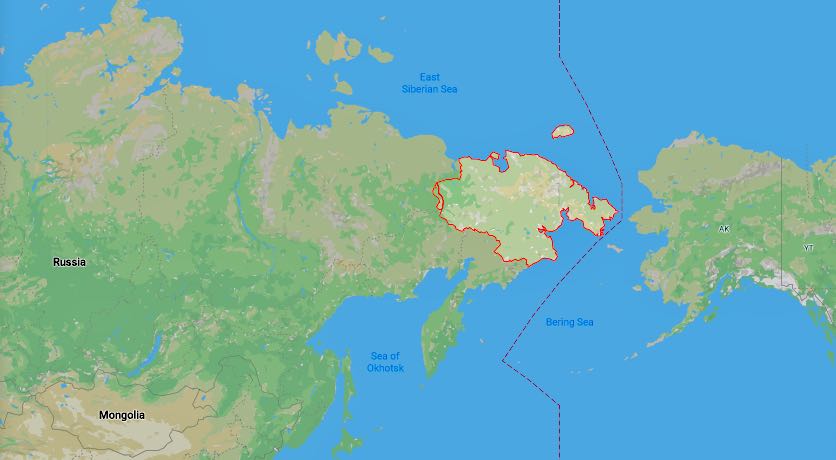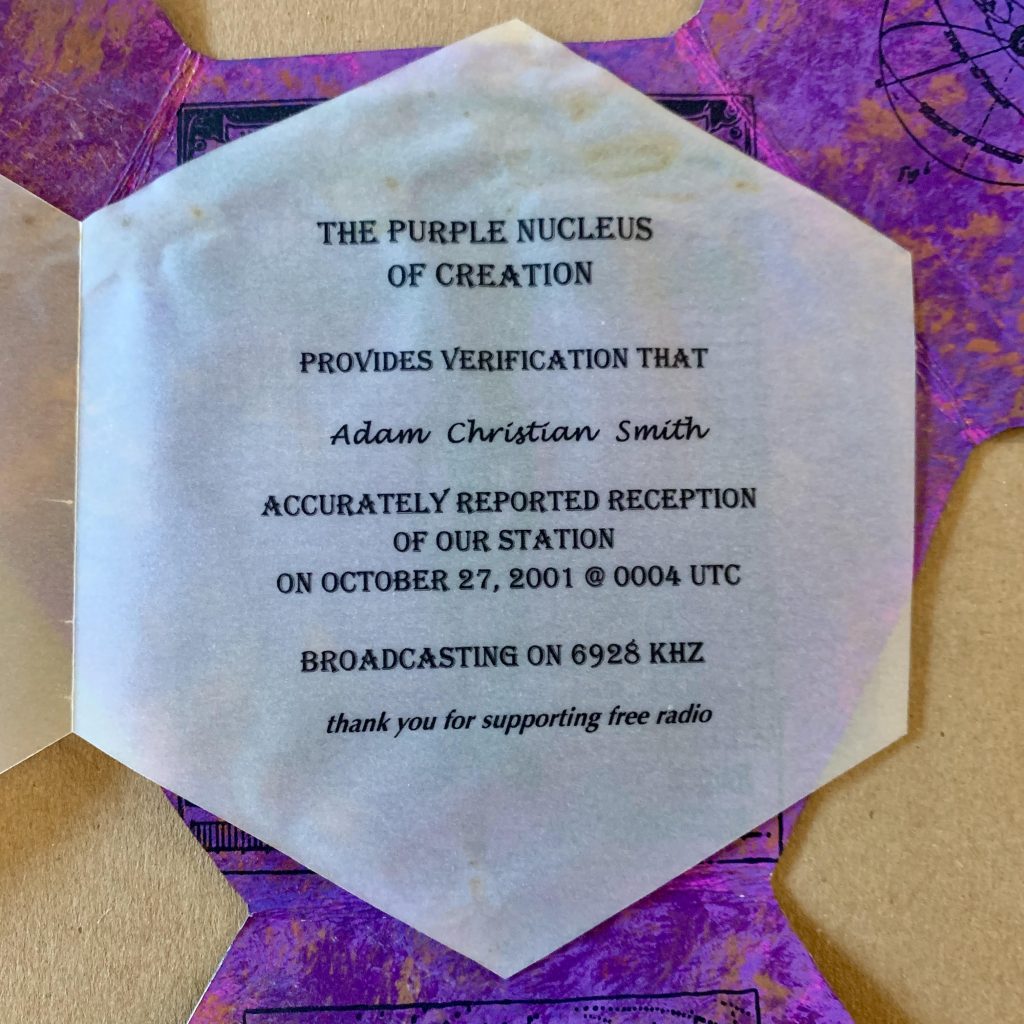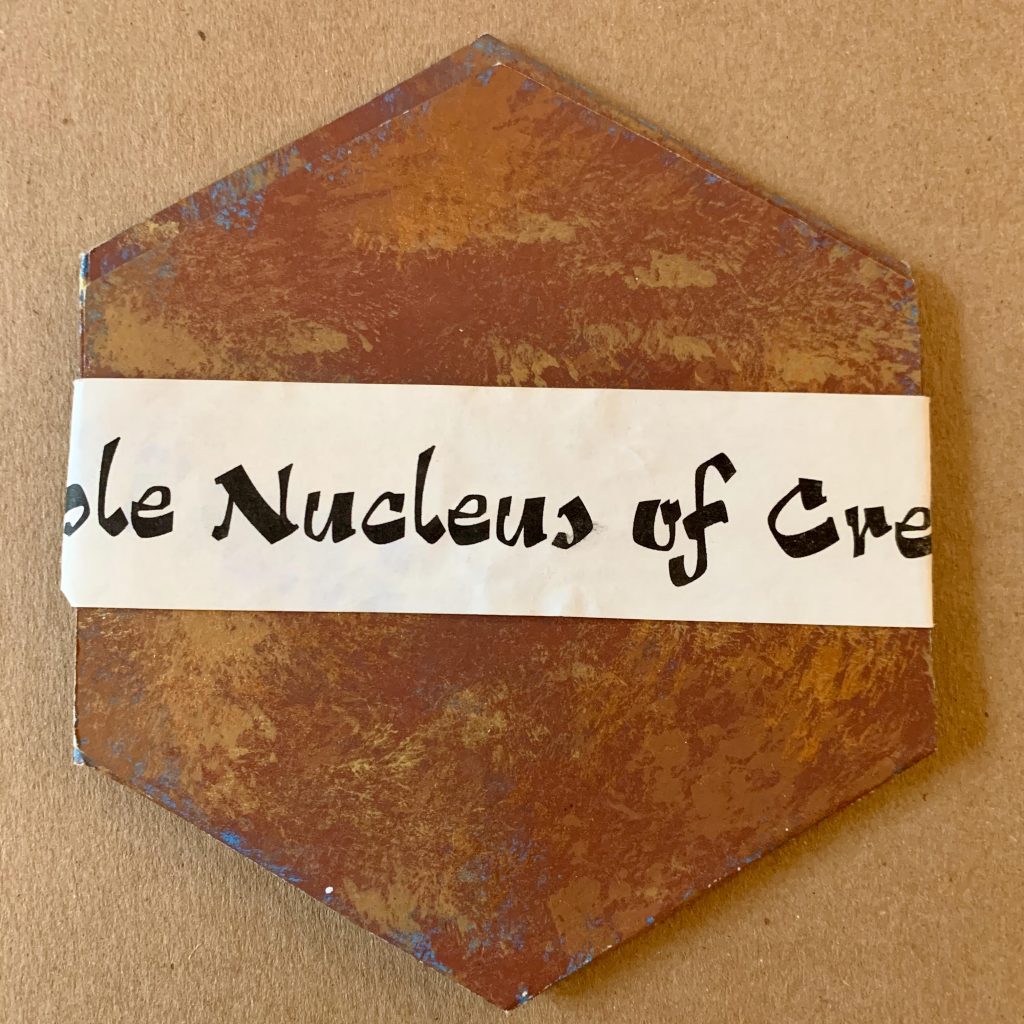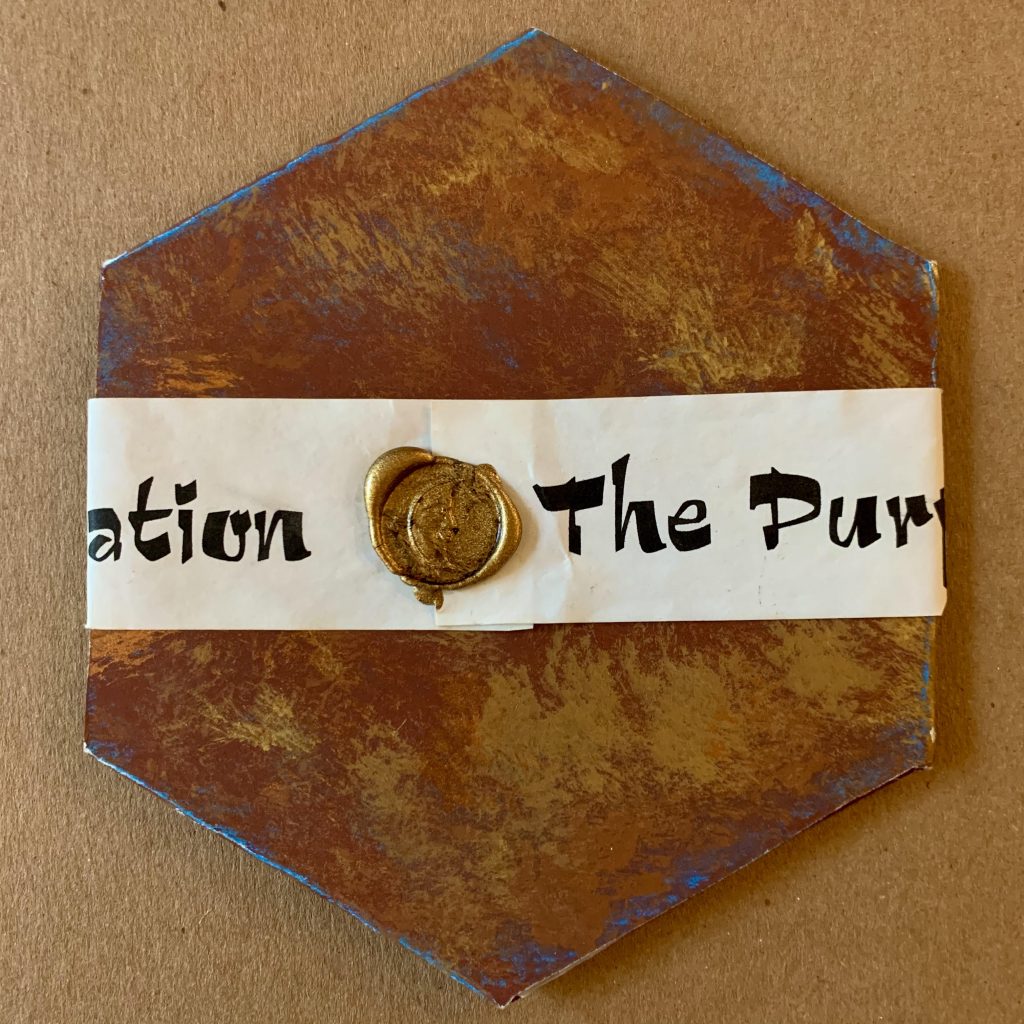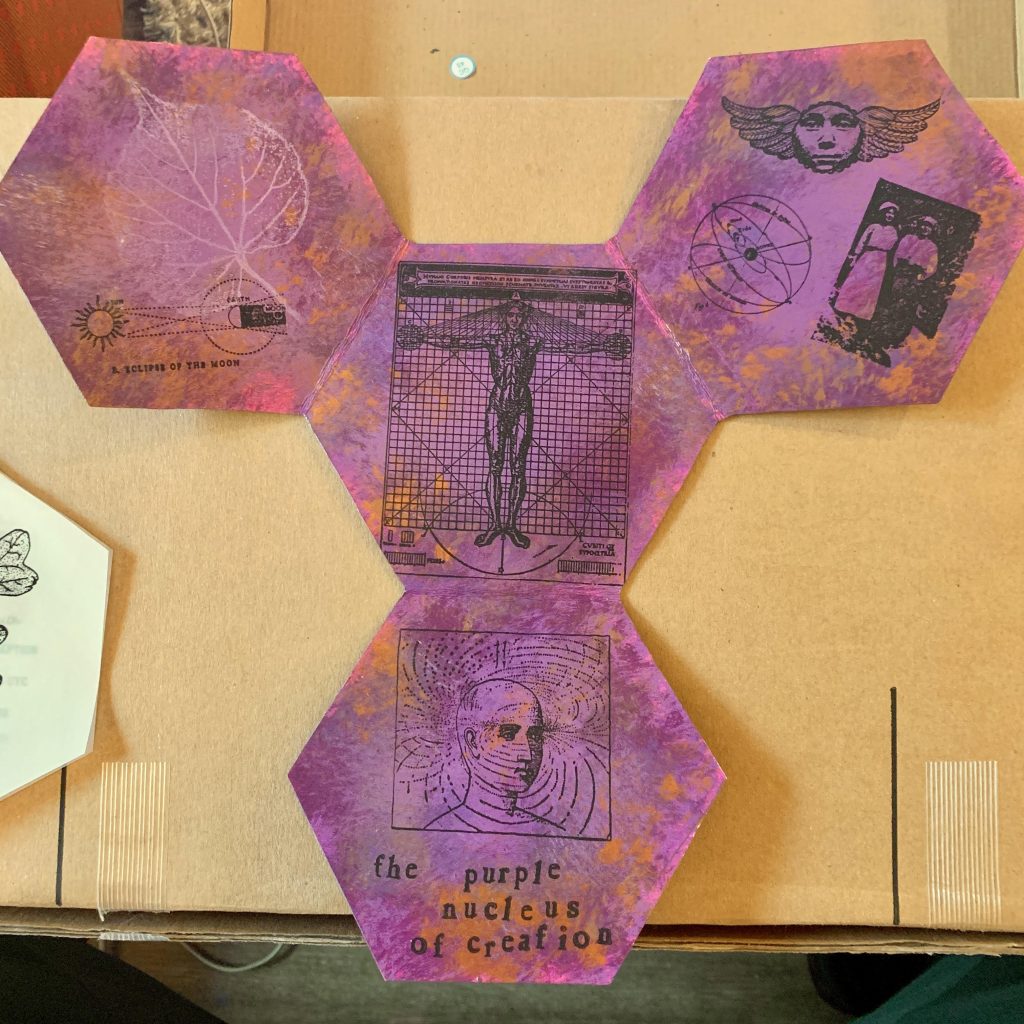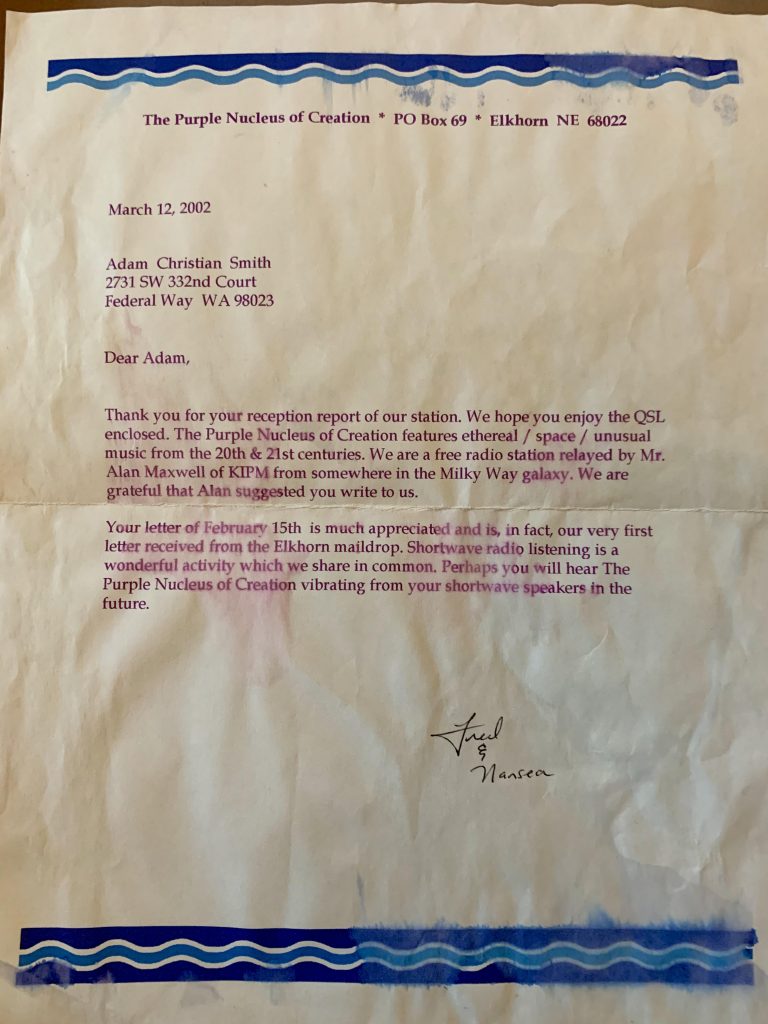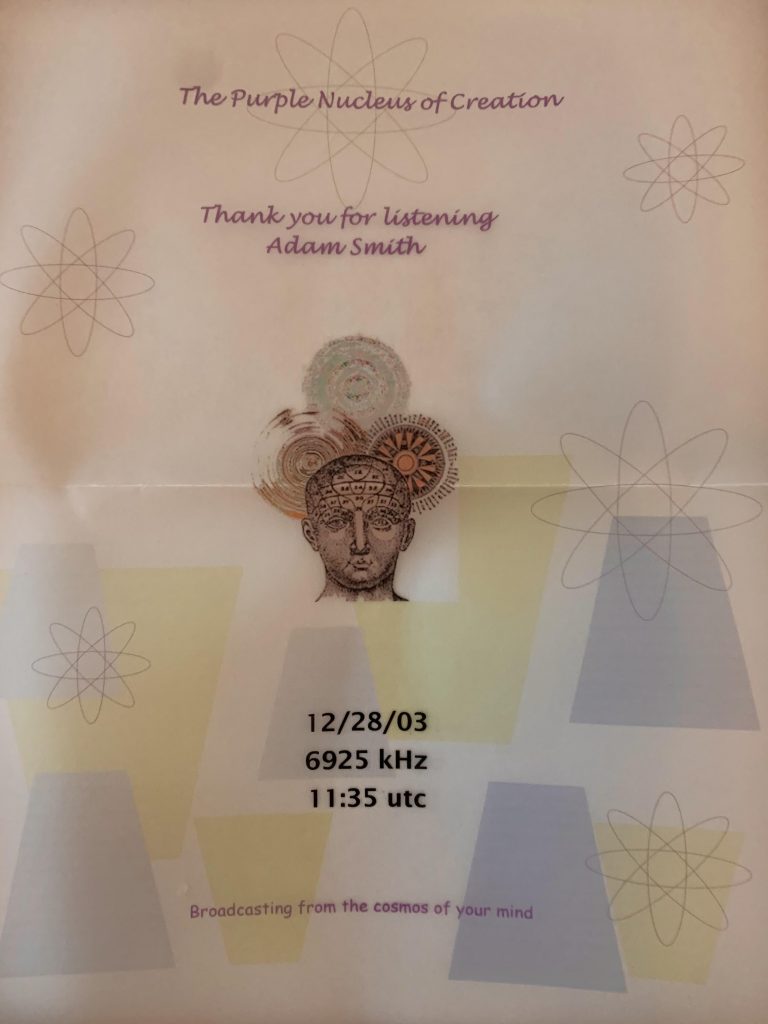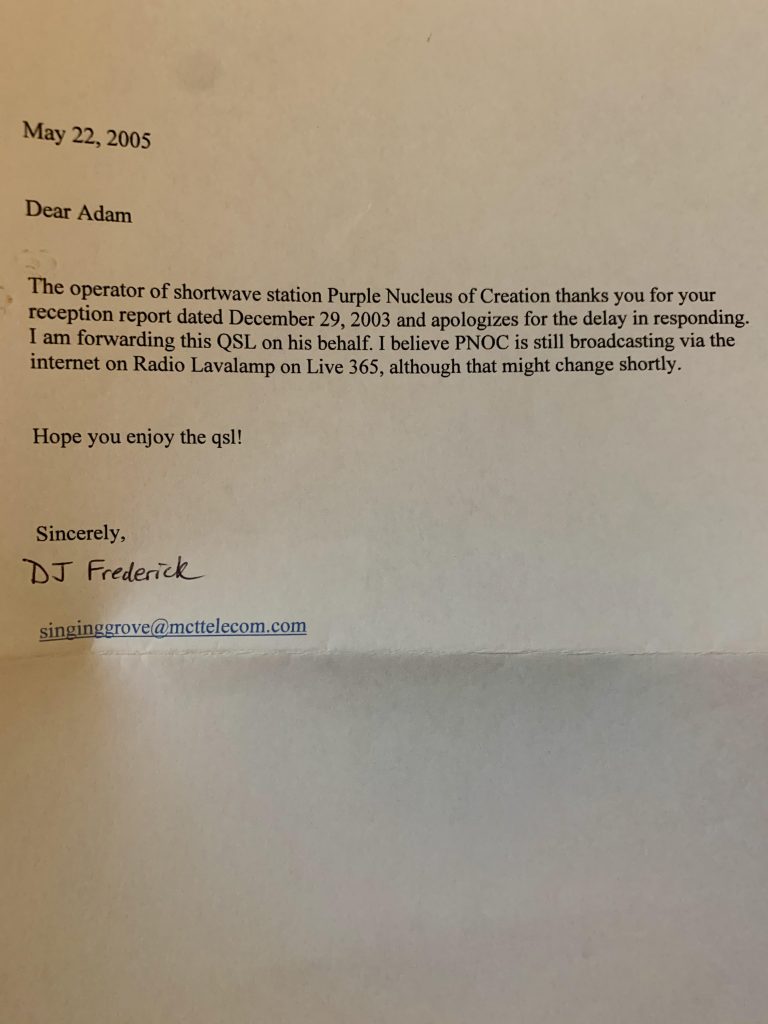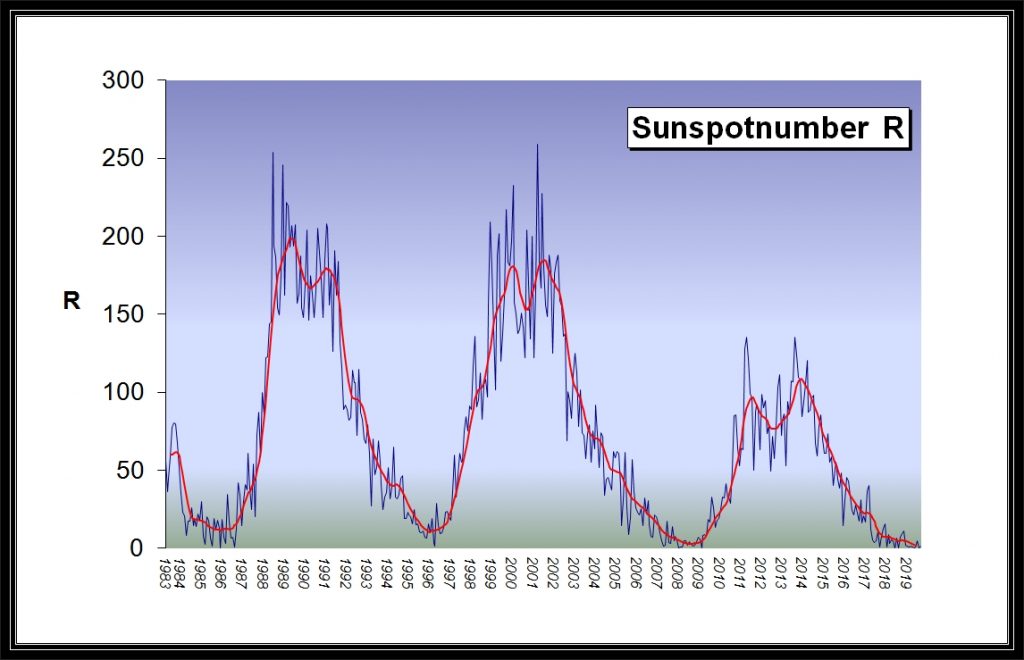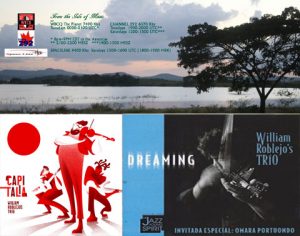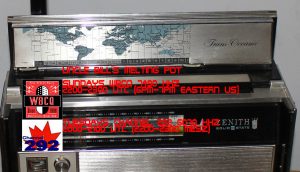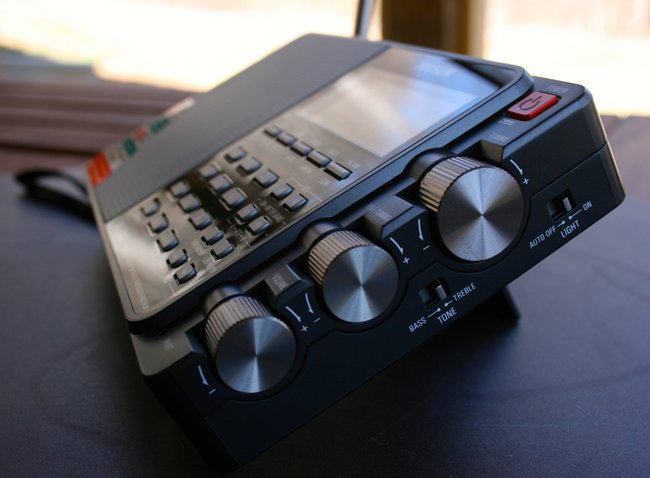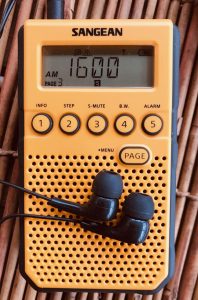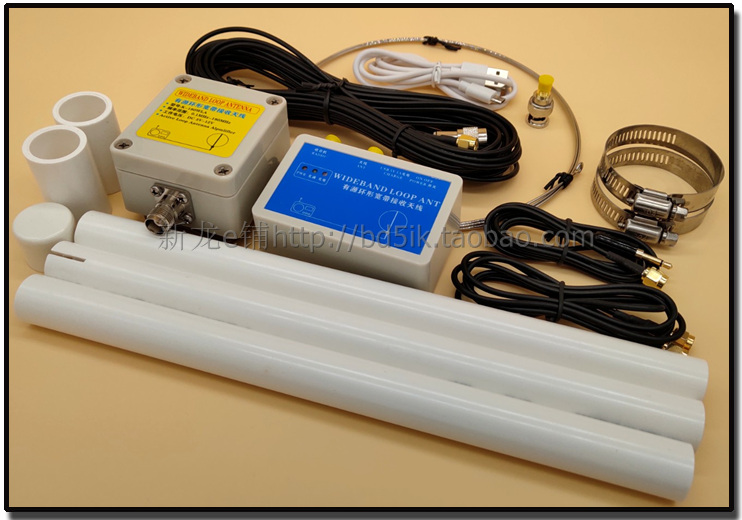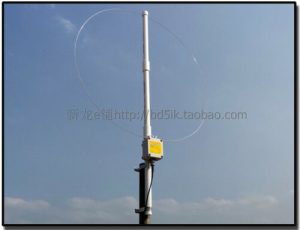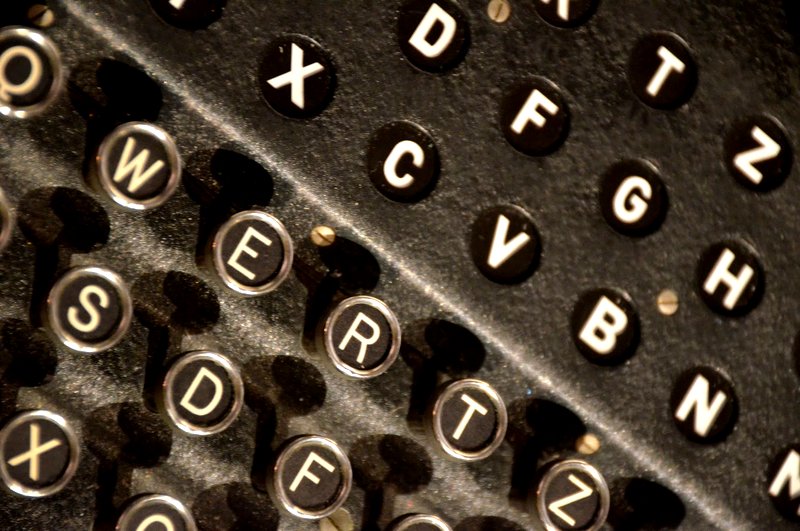 Radio Waves: Stories Making Waves in the World of Radio
Radio Waves: Stories Making Waves in the World of Radio
Because I keep my ear to the waves, as well as receive many tips from others who do the same, I find myself privy to radio-related stories that might interest SWLing Post readers. To that end: Welcome to the SWLing Post’s Radio Waves, a collection of links to interesting stories making waves in the world of radio. Enjoy!
Many thanks to SWLing Post contributors Harald Kuhl, Michael Bird, and Carel Kuijer for the following tips:
Annual Armed Forces Day Crossband Test Postponed (ARRL News)
Due to the ongoing COVID-19 response and mitigation actions, the 2020 Armed Forces Day (AFD) Crossband Test scheduled for Saturday, May 9, has been postponed. Because it’s uncertain just when stay-at-home orders will be lifted across the US, AFD planners chose to postpone this year’s event, because the government stations that typically support this event may not be available. Armed Forces Day Crossband Test planners are considering scheduling a November event in honor of Veteran’s Day, depending on COVID-19 mitigation actions. During the AFD Crossband Test, military stations in various locations transmit on selected military frequencies and announce the specific ham frequencies they are monitoring to work radio amateurs. — Thanks to US Army MARS Program Chief Paul English, WD8DBY
Radio Australia Event – Antenna Overview (Mount Evelyn DX Report)
Thanks to Lee VK3GK for this short video of the antennas used for the recent Radio Australia event using the call sign VI3RA. Take what will possibly be a final look at the feeders, switching boxes and antennas before they are pulled down and junked!
Also here is the final transmission of the event weekend with, of course, the famous Radio Australia music box interval signal.
World War II and Radio (All Things Radio)
I have added an article I wrote some years back on the code breaking efforts of the Allies during WWII. While certainly not exhaustive, I found many of the connections between countries and equipment rather fascinating, and new things continue to pop up regarding Bletchley Park’s role in training officers and decoding texts. While most famously known for breaking the Enigma code, also significant was the breaking of the Lorenz Cipher.
Click Here to download the article in PDF format.
73, Robert K4PKM
Look Inside This Radio Receiver! The Collectible Panasonic RF 4900 (Mr. Carlson’s Lab – YouTube)
Let’s look inside this Panasonic RF-4900 radio receiver, and see what we have to restore.
Do you enjoy the SWLing Post?
Please consider supporting us via Patreon or our Coffee Fund!
Your support makes articles like this one possible. Thank you!


